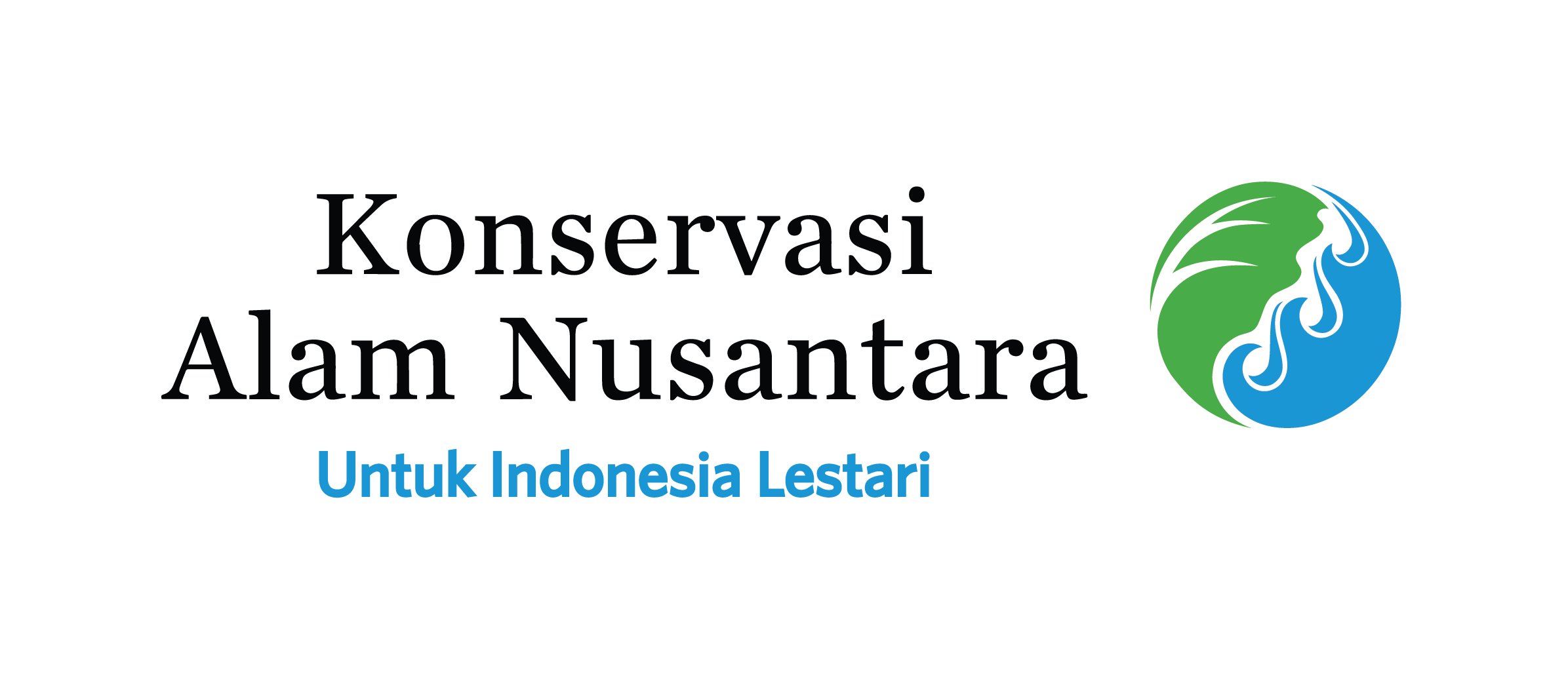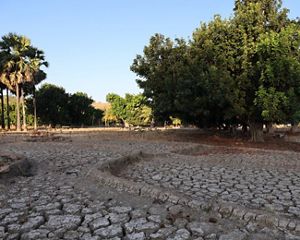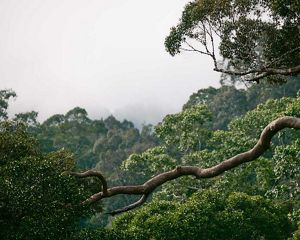
Between 2010 and 2019, there were 665 recorded cases of saltwater crocodile (Crocodylus porosus) attacks on humans in Indonesia. Of these, 47% resulted in fatalities. The Bangka Belitung Islands Province ranked third in the number of attacks, with 67 cases leading to 27 deaths. These attacks typically occurred when people were fishing, bathing, or working around rivers or estuaries. One of the primary causes of the increasing conflict is the degradation of crocodile habitats, which affects both their breeding and hunting grounds.[1]
Read: Support Kayan Landscape Management Through Partnership
Currently, the saltwater crocodile is the largest reptile species on Earth. They can live up to 70 years. Adult males can reach up to five meters in length and weigh up to 450 kilograms,[2] while female crocodiles can lay up to 50 eggs in a single reproductive cycle.[3] Saltwater crocodiles, renowned for their extraordinary abilities, as evidenced by data from the Steve Irwin Wildlife Center, can hold their breath underwater for up to eight hours and camouflage themselves, making them unpredictable predators.[4]

As apex predators, saltwater crocodiles play a crucial role in maintaining ecosystem balance. However, their interactions with humans often end tragically, leading to the perception of these species as threats. One of their primary habitats is mangrove forests, among the most productive ecosystems on Earth. Mangrove forests provide diverse food sources, such as fish, crabs, birds, monkeys, and wild boars, which are essential parts of the saltwater crocodile’s food chain.
YKAN has been working in the Bangka Belitung Islands Province since 2024 through a program titled "Serumpun Babel" (konSERvasi hUtan Mangrove PUNnya BAngka BELitung). This program aims to conserve mangrove forests, enhance the resilience of coastal communities to climate change, and improve their livelihoods.
Coastal communities need to undertake mitigation and adaptation efforts against climate change while minimizing crocodile attacks without compromising their daily activities. Through the Serumpun Babel Program, we support the government, coastal communities, and local partners in restoring degraded mangrove forests and protecting healthy mangrove ecosystems. Mangrove restoration and protection benefit not only crocodile habitats but also the economic and environmental sustainability of coastal communities. Healthy mangrove ecosystems can boost fishery yields, protect shorelines from erosion, reduce carbon emissions, and support broader ecosystem balance.
[1] Ardiantiono dkk, “Integrating social and ecological information to identify high-risk areas of human-crocodile conflict in the Indonesian Archipelago”, Biological Conservation Vol. 280, April 2023. <https://www.sciencedirect.com/science/article/abs/pii/S0006320723000654>
[2] National Geographic, “Saltwater Crododile”. <https://www.nationalgeographic.com/animals/reptiles/facts/saltwater-crocodile>
[3] Oceana, “Saltwater Crocodile (Crocodylus porosus)”. <https://oceana.org/marine-life/saltwater-crocodile/>
[4] Australia Zoo, “Saltwater Crocodile”. <https://australiazoo.com.au/wildlife/our-animals/saltwater-crocodile/>




